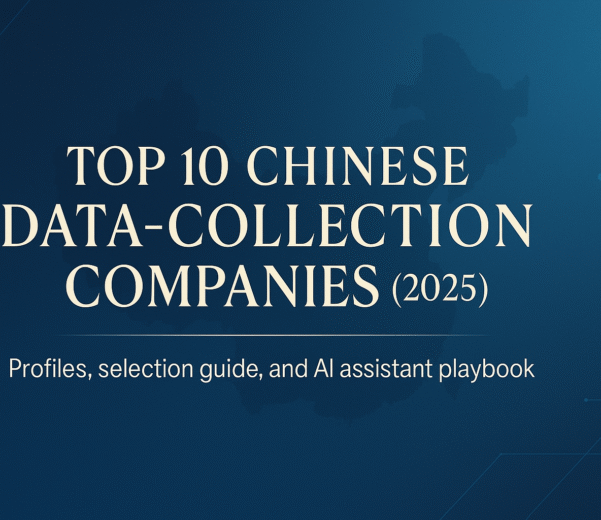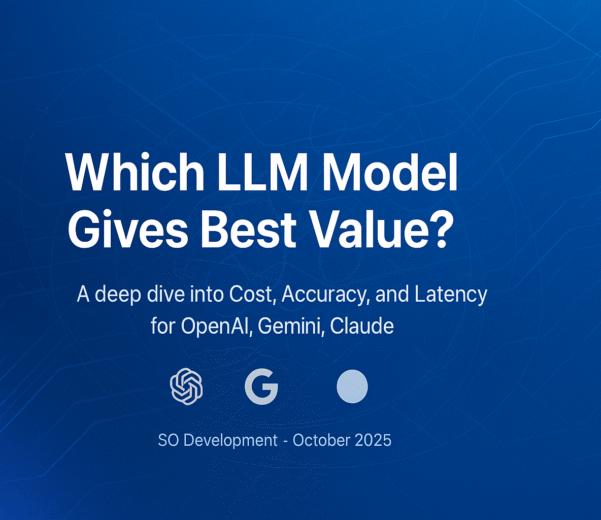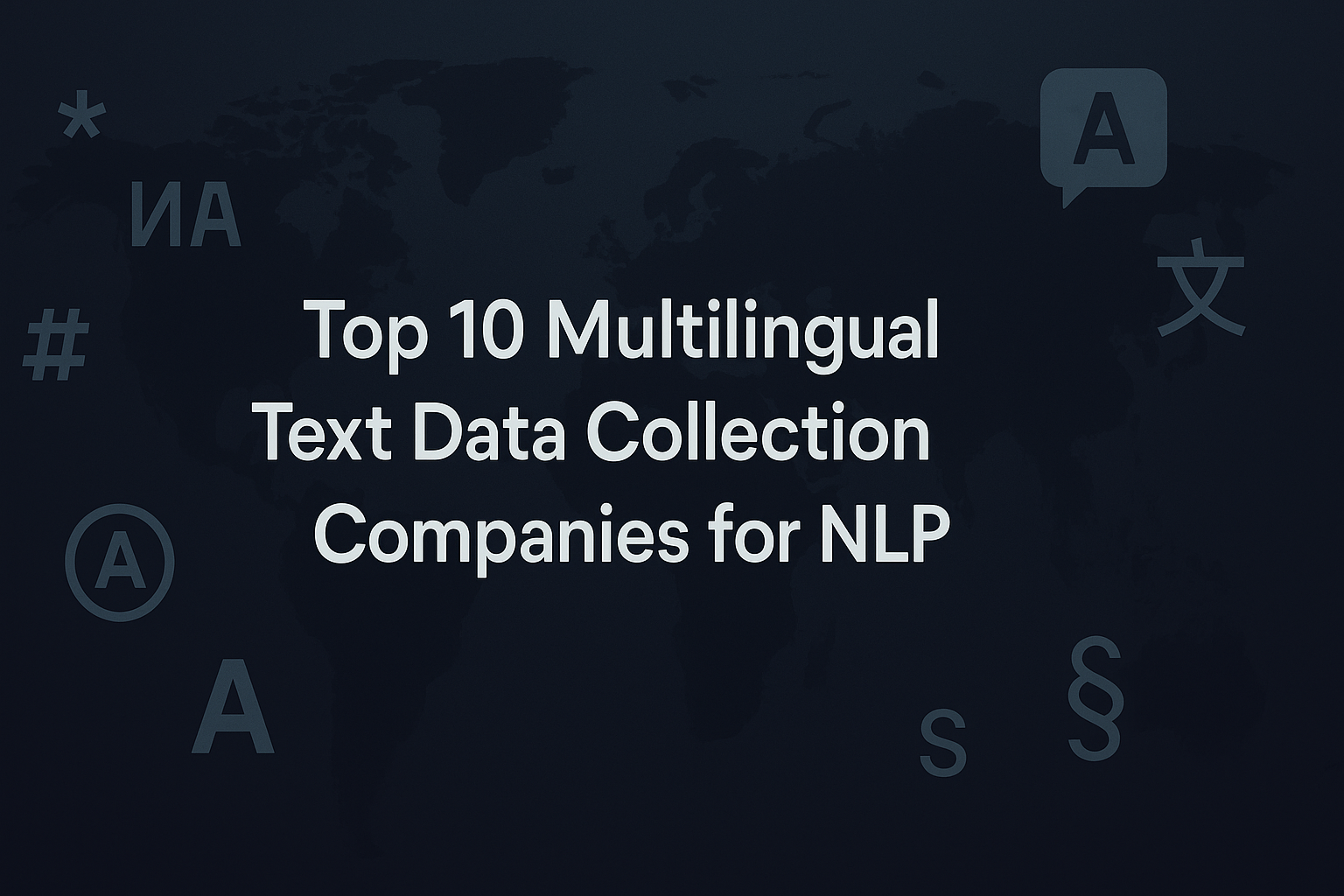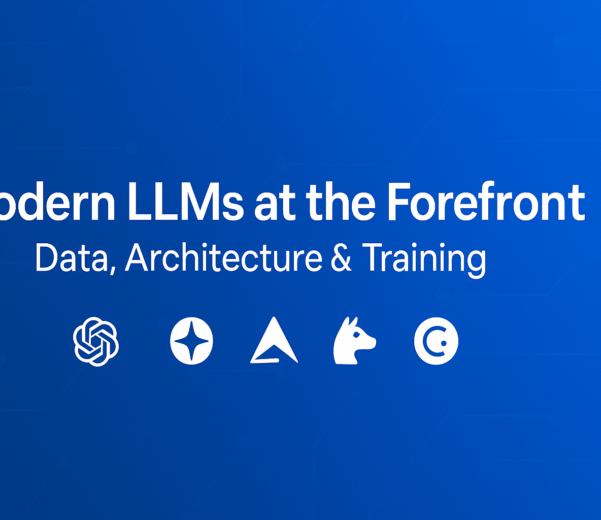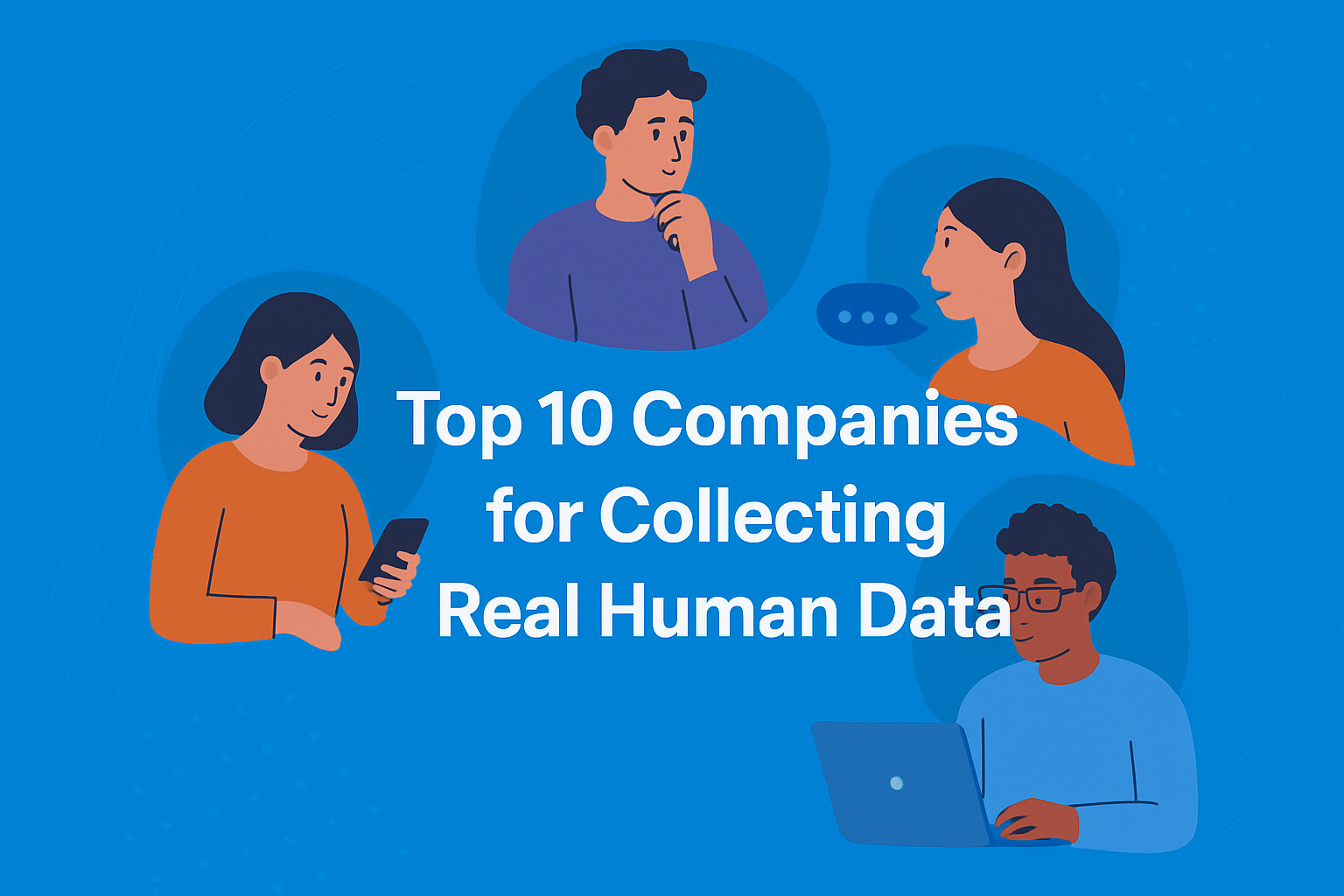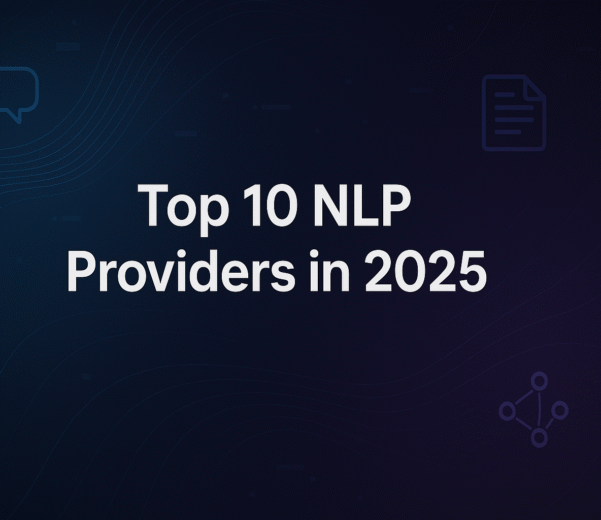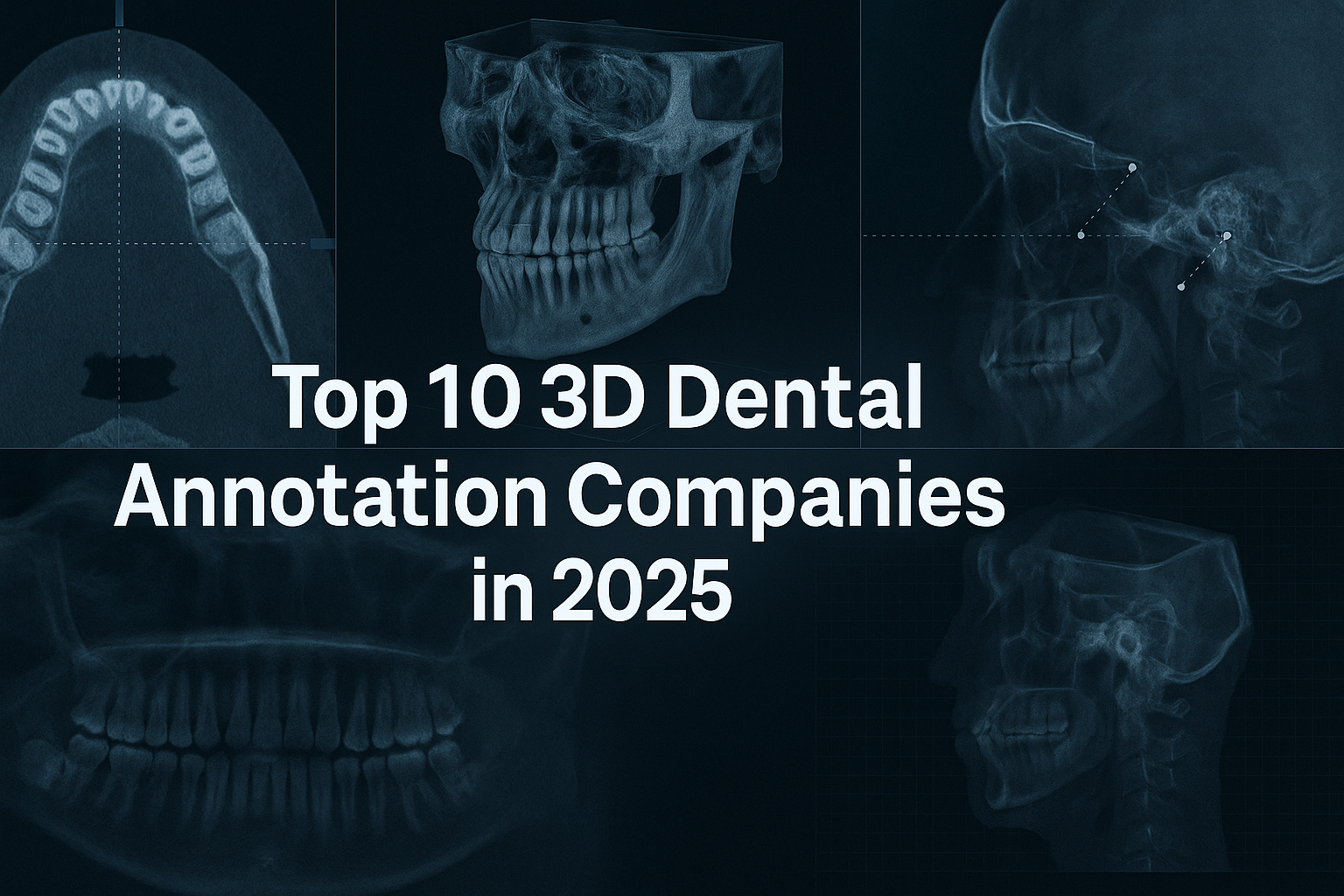In the era of data-driven AI, the quality and relevance of training data often determine the success or failure of machine learning models. While custom data collection remains an option, Off-the-Shelf (OTS) datasets have emerged as a game-changer, offering pre-packaged, annotated, and curated data for AI teams to accelerate development. However, selecting the right OTS dataset is fraught with challenges—from hidden biases to licensing pitfalls.
This guide will walk you through a systematic approach to evaluating, procuring, and integrating OTS datasets into your AI workflows. Whether you’re building a computer vision model, a natural language processing (NLP) system, or a predictive analytics tool, these principles will help you make informed decisions.
Understanding OTS Data and Its Role in AI
What Is OTS Data?
Off-the-shelf (OTS) data refers to pre-collected, structured datasets available for purchase or free use. These datasets are often labeled, annotated, and standardized for specific AI tasks, such as image classification, speech recognition, or fraud detection. Examples include:
Computer Vision: ImageNet (14M labeled images), COCO (Common Objects in Context).
NLP: Wikipedia dumps, Common Crawl, IMDb reviews.
Industry-Specific: MIMIC-III (healthcare), Lending Club (finance).
Advantages of OTS Data
Cost Efficiency: Avoid the high expense of custom data collection.
Speed: Jumpstart model training with ready-to-use data.
Benchmarking: Compare performance against industry standards.
Limitations and Risks
Bias: OTS datasets may reflect historical or cultural biases (e.g., facial recognition errors for darker skin tones).
Relevance: Generic datasets may lack domain-specific nuances.
Licensing: Restrictive agreements can limit commercialization.
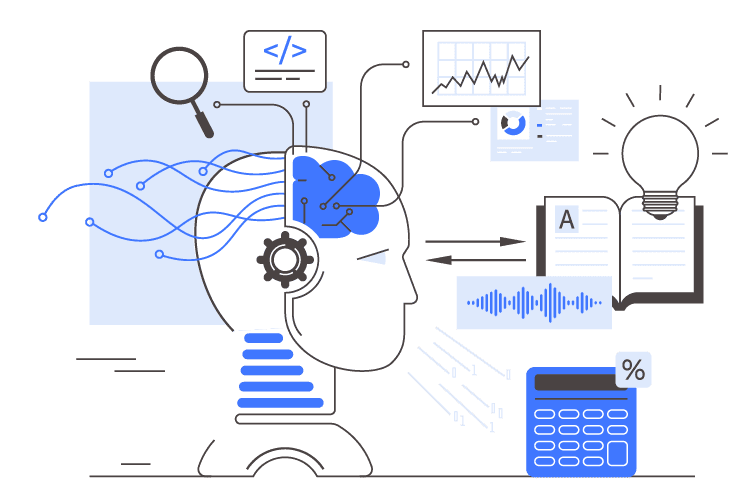
Step 1: Define Your AI Project Requirements
Align Data with Business Objectives
Before selecting a dataset, answer:
What problem is your AI model solving?
What metrics define success (accuracy, F1-score, ROI)?
Example: A retail company building a recommendation engine needs customer behavior data, not generic e-commerce transaction logs.
Technical Specifications
Data Format: Ensure compatibility with your tools (e.g., JSON, CSV, TFRecord).
Volume: Balance dataset size with computational resources.
Annotations: Verify labeling quality (e.g., bounding boxes for object detection).
Regulatory and Ethical Constraints
Healthcare projects require HIPAA-compliant data.
GDPR mandates anonymization for EU user data.

Step 2: Evaluate Dataset Relevance and Quality
Domain-Specificity
A dataset for autonomous vehicles must include diverse driving scenarios (weather, traffic, geographies). Generic road images won’t suffice.
Data Diversity and Representativeness
Bias Check: Does the dataset include underrepresented groups?
Example: IBM’s Diversity in Faces initiative addresses facial recognition bias.
Accuracy and Completeness
Missing Values: Check for gaps in time-series or tabular data.
Noise: Low-quality images or mislabeled samples degrade model performance.
Timeliness
Stock market models need real-time data; historical housing prices may suffice for predictive analytics.
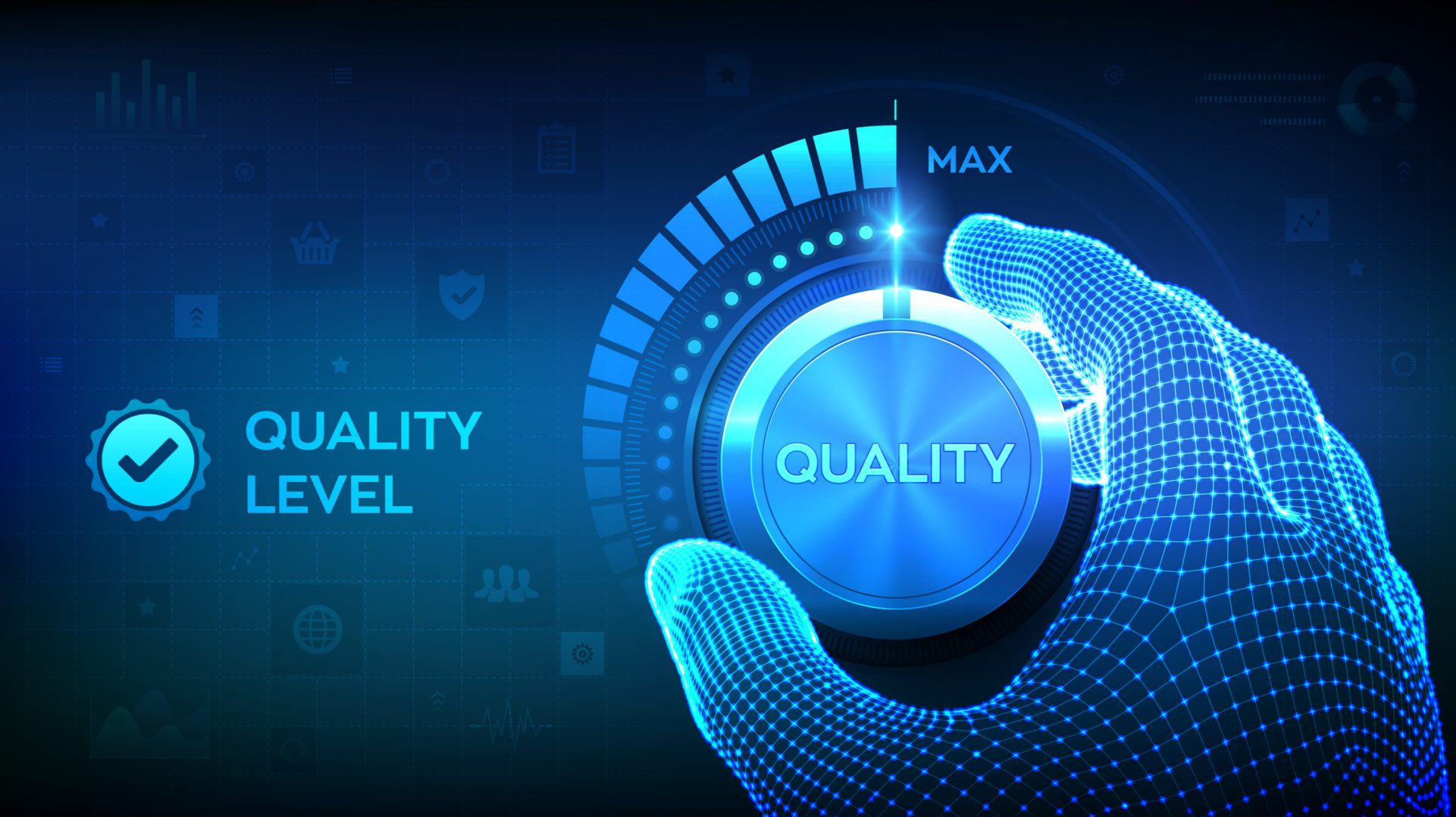
Step 3: Scrutinize Legal and Ethical Compliance
Licensing Models
Open Source: CC-BY, MIT License (flexible but may require attribution).
Commercial: Restrictive licenses (e.g., “non-commercial use only”).
Pro Tip: Review derivative work clauses if you plan to augment or modify the dataset.
Privacy Laws
GDPR/CCPA: Ensure datasets exclude personally identifiable information (PII).
Industry-Specific Rules: HIPAA for healthcare, PCI DSS for finance.
Mitigating Bias
Audit Tools: Use IBM’s AI Fairness 360 or Google’s What-If Tool.
Diverse Sourcing: Combine multiple datasets to balance representation.

Step 4: Assess Scalability and Long-Term Viability
Dataset Size vs. Computational Costs
Training on a 10TB dataset may require cloud infrastructure. Calculate storage and processing costs upfront.
Update Frequency
Static Datasets: Suitable for stable domains (e.g., historical literature).
Dynamic Datasets: Critical for trends (e.g., social media sentiment).
Vendor Reputation
Prioritize providers with transparent sourcing and customer support (e.g., Kaggle, AWS).
Step 5: Validate with Preprocessing and Testing
Data Cleaning
Remove duplicates, normalize formats, and handle missing values.
Tools: Pandas, OpenRefine, Trifacta.
Pilot Testing
Train a small-scale model to gauge dataset efficacy.
Example: A 90% accuracy in a pilot may justify full-scale investment.
Augmentation Techniques
Use TensorFlow’s
tf.imageor Albumentations to enhance images.

Case Studies: Selecting the Right OTS Dataset
Case Study 1: NLP Model for Sentiment Analysis
Challenge: A company wants to develop a sentiment analysis model for customer reviews.
Solution: The company selects the IMDb Review Dataset, which contains labeled sentiment data, ensuring relevance and quality.
Case Study 2: Computer Vision for Object Detection
Challenge: A startup is building an AI-powered traffic monitoring system.
Solution: They use the MS COCO dataset, which provides well-annotated images for object detection tasks.
Case Study 3: Medical AI for Diagnosing Lung
DiseasesChallenge: A research team is developing an AI model to detect lung diseases from X-rays.
Solution: They opt for the NIH Chest X-ray dataset, which includes thousands of labeled medical images.
Top OTS Data Sources and Platforms
Commercial: SO Development, Snowflake Marketplace, Scale AI.
Specialized: Hugging Face (NLP), Waymo Open Dataset (autonomous driving).
Conclusion
Choosing the right OTS dataset is crucial for developing high-performing AI models. By considering factors like relevance, data quality, bias, and legal compliance, you can make informed decisions that enhance model accuracy and fairness. Leverage trusted dataset repositories and continuously monitor your data to refine your AI systems. With the right dataset, your AI model will be well-equipped to tackle real-world challenges effectively.




